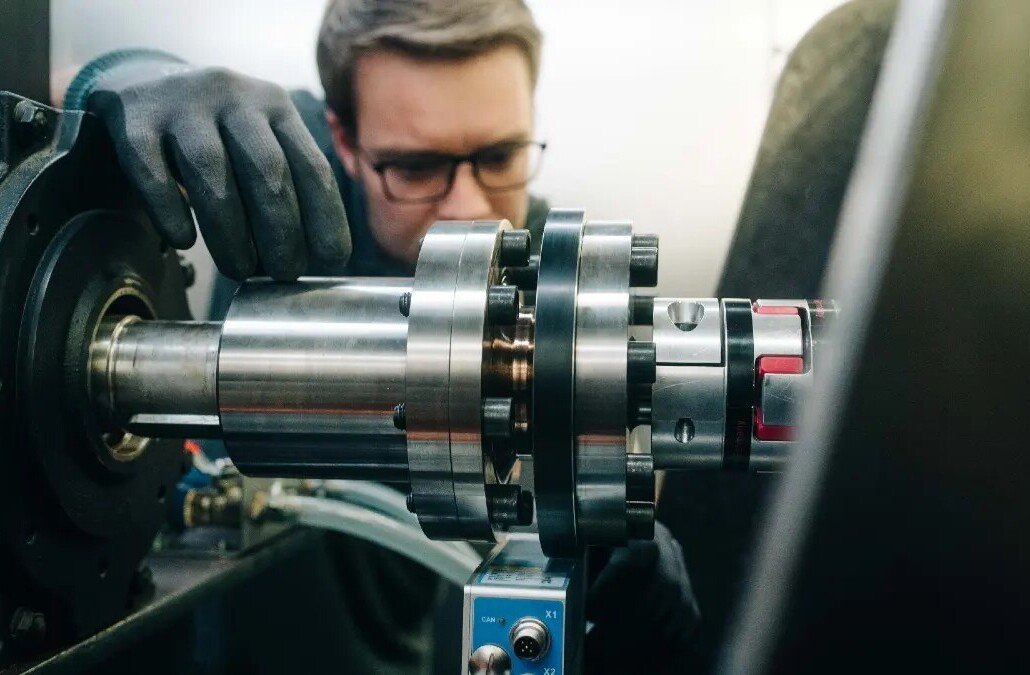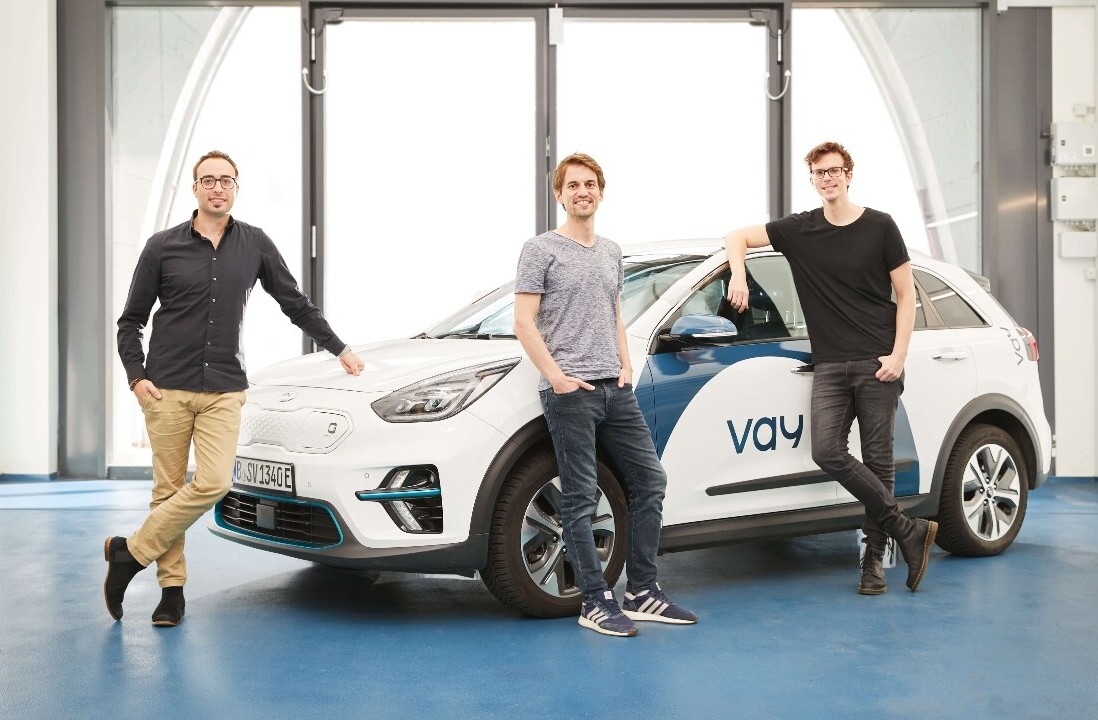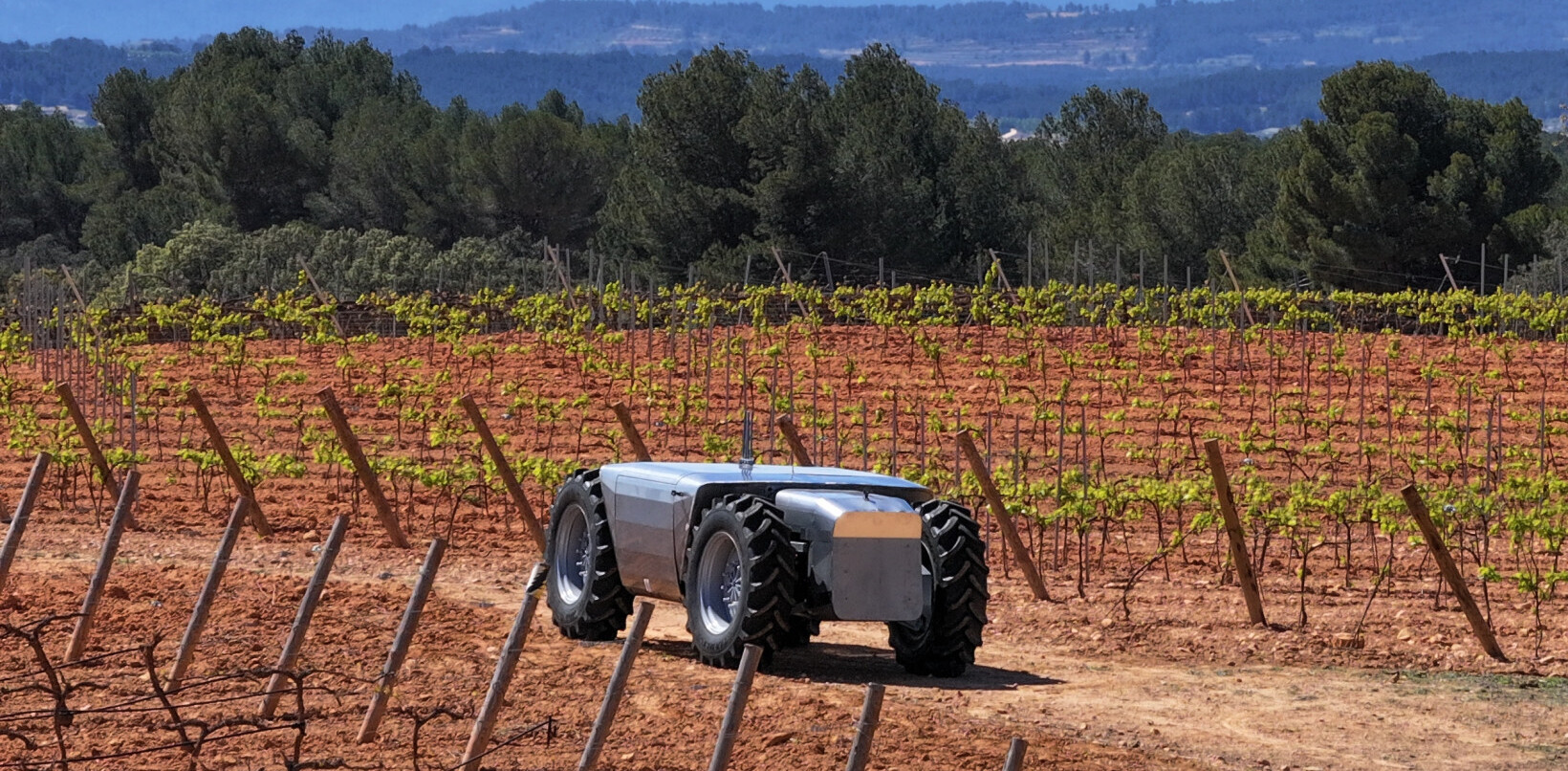This article was originally published by Sarah Wray on Cities Today, the leading news platform on urban mobility and innovation, reaching an international audience of city leaders. For the latest updates follow Cities Today on Twitter, Facebook, LinkedIn, Instagram, and YouTube, or sign up for Cities Today News.
Uber has committed to become a “zero-emission platform” by 2040, with all rides taking place in zero-emission vehicles, on public transport or via micromobility.
It has also pledged that 100 percent of rides will be in electric vehicles (EVs) in US, Canadian and European cities by 2030, and to reach net-zero emissions from its corporate operations by the same date. This follows rival Lyft’s June commitment to rely 100 percent on EVs by 2030.
Uber’s announcement includes a raft of measures to meet these goals, based around four key areas: rewarding drivers for switching to EVs and providing support to help them do so; investing in multi-modal transport; being transparent on climate impact as well as collaborating with policy-makers.
“The world is at a critical juncture, and we all have a role to play,” said CEO, Dara Khosrowshahi. “Uber is aiming high. We’ll seek to build the most efficient, decarbonized and multimodal platform in the world for on-demand mobility. While we’re not the first to set ambitious goals in transitioning to EVs, we intend to be the first to make it happen. Competing on sustainability is a win for the world, and today we challenge other mobility platforms to transparency, accountability and more action.”
Some have expressed skepticism about the announcement – particularly regarding the impact on city mobility, and whether self-employed vehicle-owners, who are often not wealthy and drive part-time, can realistically be persuaded to upgrade their car. Still, Uber shared statements of support from several organizations including the World Resources Institute, the California Energy Commission, the European Federation for Transport and Environment and the World Economic Forum, as well as from local government leaders.
Promoting EVs
Uber is committing US$800 million to help drivers transition to EVs by 2025. This will be partly funded through the Uber Green program, which enables riders to request an EV or hybrid vehicle for an extra US$1 per ride and which will be extended to more than 65 cities by the end of 2020. EV drivers in the US and Canada will receive up to an extra US$1.50 per Uber Green trip and Uber has already implemented Clean Air Plans in London and France, through which Uber collects a small surcharge towards electrification of vehicles.
Uber is working with car-makers, charging network providers and EV rental and fleet companies on further offers and discounts and said it wants to work with local governments on policies and infrastructure, reflecting recent moves to collaborate more with the public sector.
Khosrowshahi said the company will continue to invest in its multimodal network, following the recent investment in Lime which included the divestment of Uber’s JUMP subsidiary. Lime has been integrated into the Uber app in over 55 cities globally, with more planned.
Some argue that even with cleaner technology, ride-hailing services ultimately draw people away from public transport. Recently, Uber has stressed that it is “always looking for ways we can complement public transit agencies and cities through our technology,” as Shin-pei Tsay, Director of Policy, Cities and Transportation at Uber, told Cities Today in June. The latest announcement includes a commitment to continue the roll-out of features which promote public transport, including Journey Planning and in-app ticketing.
Uber also announced that it is introducing a new multimodal feature in its app. From this month in Chicago and Sydney, riders can tap the Uber and Transit option and plan their entire journey, combining UberX with walking directions and city bus, subway or train connections.
Uber also plans to expand its Nonstop Shared Rides carpooling product to all cities globally where Uber Pool is available.
Transparency
On being more transparent and accountable, Uber has released its first Climate Assessment and Performance Report, claiming to be the only rideshare company to measure and report on emissions from customers’ real-world use of its products. The report analyses data from 4 billion Uber rides in the United States and Canada from 2017 to 2019. It concludes that Uber rides were more efficient than single-occupant driving, but that carbon intensity for rides taken with Uber is still higher than that of average-occupancy personal cars.
“We must do better, and we look forward to using the data in this report to reduce our carbon footprint. Uber has joined the Science Based Targets initiative (SBTi) to ensure that we implement leading practices in emissions accounting, target setting, and transparency. And we’ll begin providing riders with information on the carbon impact of their travel, as well as tips for how to reduce it,” Khosrowshahi said.
Rick Kriseman, Mayor, St.Petersburg, Florida, and Chair of the U.S. Conference of Mayors Environment Committee, commented: “I commend Uber on continuing to develop robust sustainability initiatives, and their dedication to transparency and accountability as we get there together. Their efforts complement the important work being done in cities across America. I look forward to riding in an electric or hybrid Uber in the near future. My thanks to everyone at Uber for their commitment to a bright, sustainable future.”
SHIFT is brought to you by Polestar. It’s time to accelerate the shift to sustainable mobility. That is why Polestar combines electric driving with cutting-edge design and thrilling performance. Find out how.
Get the TNW newsletter
Get the most important tech news in your inbox each week.






